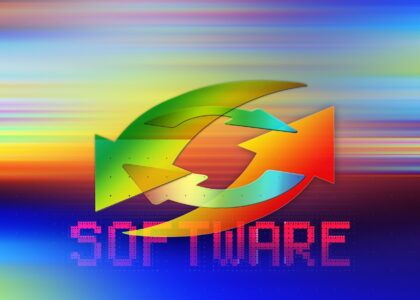Complex things are happening online, even though it doesn’t seem like it. Every single time you execute a function on your computer, such as double clicking to open a browser, tons of code gets executed in the background, some to open the browser, others to get the libraries and resources that the browser needs, and then a whole other set for the browser itself.
Imagine what happens when you search for something.
Now imagine all the data that businesses need to process, even smaller businesses. Running any business nowadays, means going through a whole lot of data. That used to be such a laborious job and the only reason that it is easier nowadays is because of Asset Management Software.
Here is everything you need to know about it.
What Is Asset Management Software?
Given that a simple website operates with tons of data and metrics, let alone a business which runs multiple sites and has their own private servers, there is a lot of data that needs to be handled.

Some businesses operate with lots of software, local and cloud-based, but that can be a huge problem. When the software is not managed properly and when the software is overpaid or underused, companies end up spending a lot more than they should. AMS comes in handy here, to track all the data that a software might leave behind, such as how much it contributes to the overall business, and how much money and time it wastes.
What Does it Do?
While you might know what an AMS is, the way it operates is also important. We like to know about the stuff we use and we should, so that we don’t end up overpaying for anything, including AMS.
AMS tracks an asset through its lifecycle, from when it is purchased, installed, to how much it is used and by whom and finally, if and when it is uninstalled. All the data on the asset is collected and periodic reports are automatically filed to management, who then use this data to determine whether an asset, software, or whatever the AMS was tracking, needs to still be used, or changed for something else.
When Is It Necessary?

Anytime a business starts to get bigger in any way and starts to use various paid software, an AMS should be installed and used. AMS can help with anything from website management to local software your employees are using.
A proper implementation of AMS means that you won’t have to rely on human attention to do the tracking and with that, you can save time and money on resources. Fewer errors and better data collection means that you will get more accurate results.
For any business that is getting serious and that has to manage multiple websites and local computers, having an AMS will benefit them greatly. Better quality data about anything from local software to website data will reduce costs in the future and help improve the business faster.








